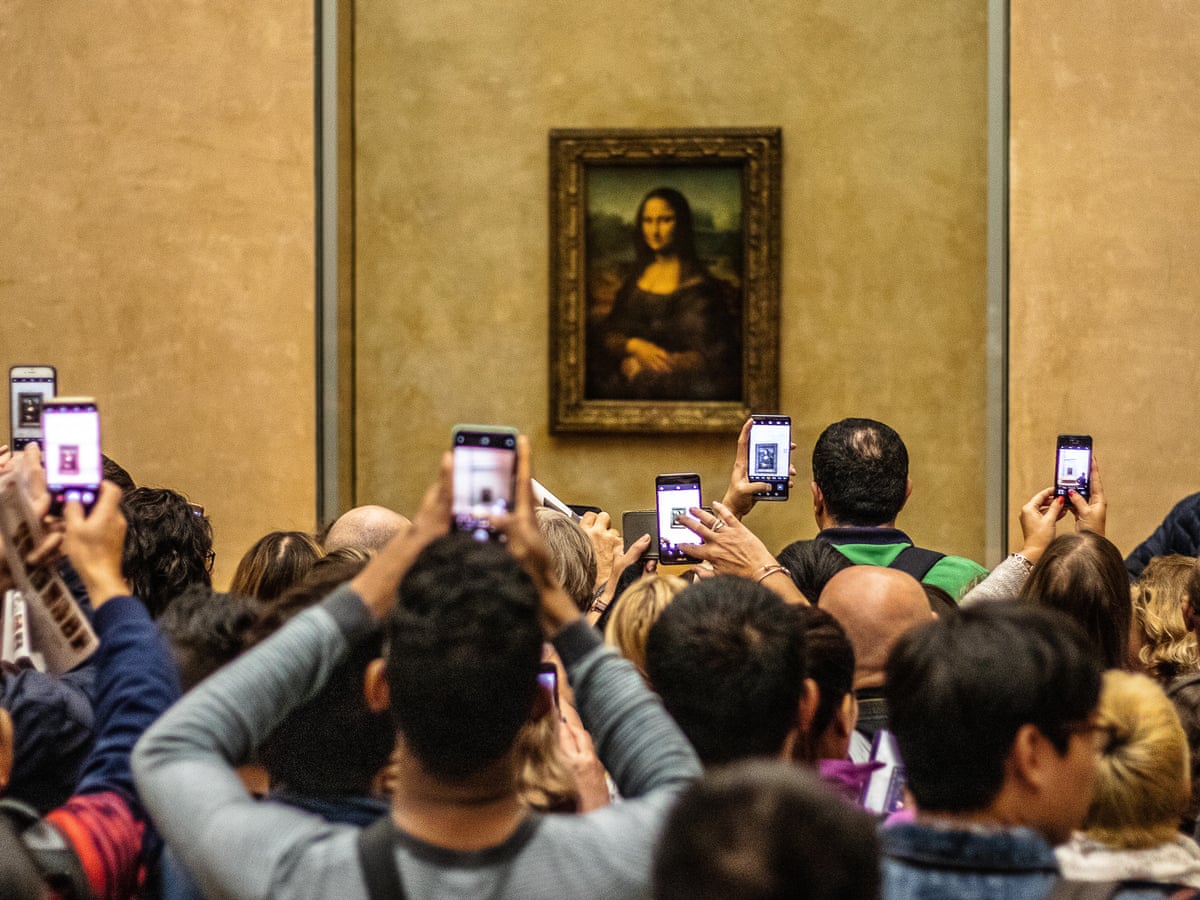Week 3: Robotics + Art
This week, as we delved into the profound shifts brought about by industrialization, one piece resonated deeply with my understanding of contemporary media: Walter Benjamin's seminal essay. Benjamin explores the transformation of art’s role within society as it becomes more accessible through reproduction technologies like photography and film.
Benjamin posits that mechanical reproduction strips away the 'aura' of artworks— their unique presence in time and space which imbues them with their authenticity (Benjamin). With the advent of reproduction, art transcends its traditional, ritualistic context, moving towards a political one, thereby reshaping its reception and impact on society (Smithsonian).
printer just printing art work
One striking modern example that illustrates Benjamin's ideas is the movie industry, particularly films like "Blade Runner 2049". This film not only showcases technological prowess in visual effects but also prompts reflection on human experience in the face of burgeoning AI and mechanization (Hodges). Like Benjamin’s views on film's role, "Blade Runner 2049" reaches audiences on a level that traditional artworks could not, leveraging technology to enhance emotional and intellectual engagement.

Blaze Runner 2049 Movie Poster from IMDb
Benjamin also highlights a significant shift in the perception of art: from contemplation to distraction. This change is increasingly relevant in our digital age, where art is often consumed in a fleeting manner through screens, reducing the opportunity for deeper engagement. The rapid consumption of digital media prompts us to question how this affects our appreciation and understanding of art.

people taking pictures of Leonardo Di Vinci artwork and not really actually looking at the art.
The conversation about artificial intelligence (AI) reproducing art touches on some of the most intriguing and complex intersections of technology and human creativity. AI-generated art challenges traditional notions about creativity, authorship, and the very essence of art itself, echoing themes from Walter Benjamin's essay on mechanical reproduction (Hou).
AI technologies like deep learning and neural networks enable machines to create artworks that can mimic the styles of historic painters or generate entirely new visual concepts. This raises profound questions about the 'aura' Benjamin spoke of—the unique presence and authenticity of an artwork. When an AI creates art, it does so without the historical context, personal experiences, and emotional depth typically associated with human artists. The result is art that can be seen as lacking the 'aura' that comes from being created in a specific time and place by a specific individual
Text Citations:
- Benjamin, Walter. “The Work of Art in the Age of Mechanical Reproduction.” Germany, 1936.
- Hodges, Brendan. “Tears of a Machine: The Humanity of Luv in ‘Blade Runner 2049’: Features: Roger Ebert.” Features | Roger Ebert, www.rogerebert.com/features/tears-of-a-machine-the-humanity-of-luv-in-blade-runner-2049. Accessed 18 Apr. 2024.
- Hou, Andrew. “The Future of AI Art and Its Potential Interactions with the Art Industry.” NHSJS, 11 Nov. 2023, nhsjs.com/2023/the-future-of-ai-art-and-its-potential-interactions-with-the-art-industry/.
- Magazine, Smithsonian. “Has the Incredible Accuracy of Art Reproduction Ruined the Way We Experience Masterpieces?” Smithsonian.Com, Smithsonian Institution, 23 Aug. 2016, www.smithsonianmag.com/arts-culture/are-replicas-changing-way-we-experience-art-180960224/.
- Mineo, Liz. “Is Art Generated by Artificial Intelligence Real Art?” Harvard Gazette, 8 Feb. 2024, news.harvard.edu/gazette/story/2023/08/is-art-generated-by-artificial-intelligence-real-art/.
Image Citations:
- “Blade Runner 2049.” IMDb, IMDb.com, 6 Oct. 2017, www.imdb.com/title/tt1856101/.
- “How Many Likes for Da Vinci? Why It’s Fine to Take Pictures in an Art Gallery.” The Guardian, Guardian News and Media, 16 Aug. 2019, www.theguardian.com/artanddesign/2019/aug/16/photographs-smartphones-art-galleries-exhibitions-visitors.
- “Professional Photographic and Graphic Art Printers.” Professional Photo and Graphic Art Printers | Epson US, epson.com/professional-photo-graphic-art-printers. Accessed 18 Apr. 2024.
Hi Sophie, I really enjoyed reading your blog post from this week. In particular, I like how you mentioned the effects of industrialization and technology and how they play a role in the production of artwork in modern times. Personally I remember Professor Vesna commenting how the invention of the printing press was one of the most monumental moments the boom industrialization. With this improved efficiency, however, I like how you mentioned that authenticity may be compromised.
ReplyDelete